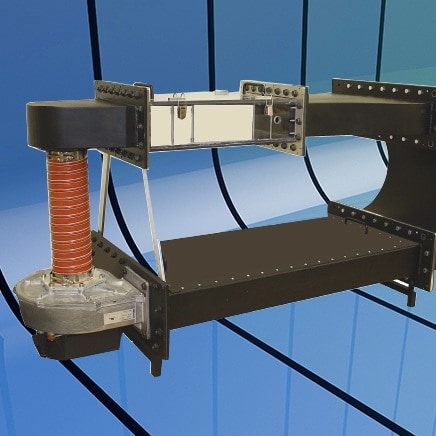Ambient air, that you breathe every day, contains life supporting oxygen, nitrogen, carbon dioxide, and chemicals like formaldehyde or carbon monoxide that can harm you. Characteristics of that air, like temperature, humidity and barometric pressure, determine the comfort to humans at work in that space. Now, start with that air and add the chemicals used in manufacturing, and then concentrate them in a confined space like a factory. The resulting air can become even more uncomfortable and toxic fairly quickly unless properly managed. The health effects of ingesting chemicals include:
- Irritation—mucous membranes (eyes, nose, throat)
- Strained breathing—coughs, wheezing, chest tightness
- Existing health problems become worse
- Increasing risk of heart disease, cancer and kidney and liver diseases
Factory Air Risk Management
A regular risk management survey begins with defining the current situation. For factory air risk management, a risk management assessment begins by monitoring the air and defining the current situation. The air should be tested to satisfy OSHA, health studies for workers’ compensation, HVAC temperature monitors as well as safety concerns for extreme conditions.
The first step is monitoring. The data is collected, analyzed, and interpreted. Issues discovered, and solutions implemented. The final step is to monitor on an ongoing basis.
IMMEDIATELY DANGEROUS TO LIFE AND HEALTH (IDLH)
Baseline monitoring includes IDLH substances. Although you may think you do not have these issues, unfortunately, chemicals mix in the air. Do you have bleach and ammonia fumes? Several explosives and poisons can be formed. Identify and quantify contaminants through a professionally designed and executed monitoring program. Airborne contaminants present a major pathway for disease. Proper monitoring will point to proper:
- Selection of personal protection wear and filtering systems
- Delineated mandatory protection areas
- Risk to health from exposures
- Medical monitoring
- Decontamination requirements at the day’s end
FORMALDEHYDE
Formaldehyde is a carcinogenic category 2, which means a non-lethal, but irreversible effect after a single exposure. The irreversible effects include:
- Damage to the central nervous system
- Kidney necrosis
- Liver lesions
- Anemia
- Paralysis
In 2015, The Formaldehyde Act under the Toxic Substances Control Act (TSCA), extended regulations to reduce emissions of formaldehyde from composite wood products, like flooring products used in the course of scientific research and other professions where tissue is preserved in some manner. A Formaldehyde Monitor and Data Logger is an ideal instrument for indoor air quality (IAQ) diagnosis and HVAC system performance verification.
CARBON MONOXIDE
When workers breathe carbon monoxide, it moves to the bloodstream as oxygen does; however, carbon monoxide binds to hemoglobin to prevent oxygen from doing so. Less oxygen in the blood leads to less oxygen in the brain, heart and other vital organs. Symptoms include fatigue and confusion in healthy employees. These symptoms render employees unsafe, unable to respond rapidly or make clear decisions. Vision, mental alertness and productivity suffer.
Carbon monoxide is particularly cruel to employees who already suffer heart disease, experiencing more chest pains or angina. There are a variety of Carbon Monoxide Monitors and Carbon Monoxide Data Loggers available to detect indoor air quality (IAQ) diagnosis and HVAC system performance verification.
PARTICULATE MATTER
Dust and particulate carry other pathogens and irritants too. Keeping solids out of the air supply requires sophisticated capture and containment. Proper monitoring to determine the filtering requirements is the first step. In any manufacturing, but particularly high technology, particulate management is a quality assurance— quality control issue. Use a portable particle counter to measure and report air contamination and download data to a personal computer using the USB interface cable.
COMFORT CONTROL
Comfort creates productivity. Too hot or cold, low oxygen, high humidity environments are just distracting, or worse, sleep inducing.
Modern buildings attempt to “positive pressure” the indoor environment to prevent mold spores from entering the building through leaks in the envelope. Increased pressure actually raises the ambient temperature as well. A balance between temperature control and barometric pressure control must be designed into the system. Balance is key. A wide variety of instruments are available for indoor air quality (IAQ) diagnosis and HVAC system performance verification. Measure O2 concentration, pressure, air temperature and relative humidity.
HVAC design requires sophisticated engineering since the components of air and the dynamics of air flow can be incompatible. Humidity removal affects temperature and pressure. Positive pressure on the building maintains control of outdoor pathogens from entering.
Cooler air holds less water, but that raises relative humidity if the air was not saturated before it cools. Oxygen levels should be high while carbon dioxide release should be low and carbon monoxide emission eliminated or directed outside. HVAC design and balance is critical, and begins and ends with monitoring.


